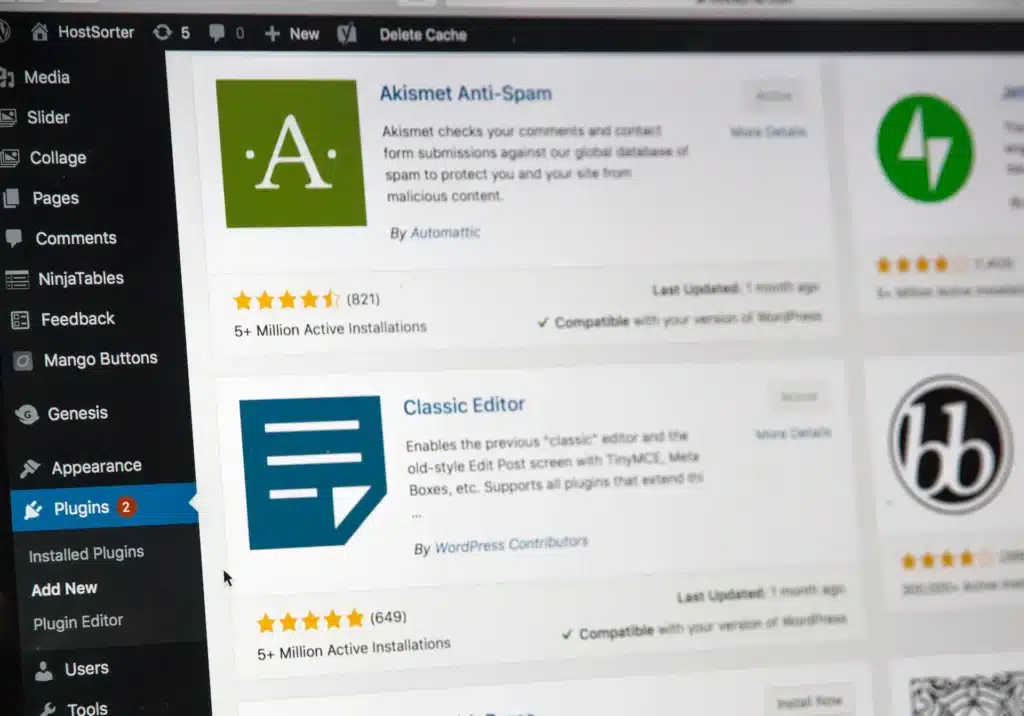Responsive design gets its name from the way it ‘responds’ to the size of screen that the website is viewed on. In essence your website will appear differently depending on the size of screen it is viewed on.
If you were to make the browser window bigger or smaller on this page you would see the content adapting to the size you make the window. This is because this page has been built to be responsive.
You can see an example of this happening on our own website here:
Why should I have a responsive website?
Anyone who has gone on a full sized website on their mobile phone will know how difficult it can be to navigate and click the small buttons that are intended for mouse use. With a responsive website the information is displayed in a way that is easiest to consume on the screen it’s being viewed on. This will make your website much easier to use for your clients.
The shift from desktop to mobile browsing has been unbelievably fast with the introduction of smart phones and tablets that complete online functions as well as personal computers. At the moment we have already observed a shift with the way our clients websites are viewed.
On one client’s website we have noted that between December and February 2012 personal computers were 77% of the traffic while mobile devices were 22% (The other 1% being devices like games consoles that have internet access). In the exact same time period in 2013 personal computers had 64% of the usage and mobile devices had 34%. This is a dramatic increase for only one year difference.
Some studies estimate that by 2015 mobile browsing will be higher than desktop browsing, so we would advise you to be ready and be responsive!
Why not just get an App?
There seems to be a large emphasis on the App (Application) market as we enter 2013. Apps serve a specific purpose and would often be better suited as a responsive website. A responsive website can provide all the information on your website simply, without any need to download any software. It also works on ALL devices that have internet access. Apps are specific to the device they are made for and should really tackle a more specific need than a website.
Besides this, Apps are very difficult to encourage people to use. Mobile analytics firm Flurry was able to source data on the average number of apps owned by the average person. This was surprisingly low at only 65 Apps per person.
What is even more surprising is that the average user only uses 15 of these on a regular basis. Most apps are either downloaded and tried once before being deleted, or used a few times and then forgotten about. In order to benefit fully from an App; and have your clients notice updates to it, you need an app that lies within these 15 regularly used apps. This is almost impossible.
If you would like to contact Redback Creations about making a website responsive, or starting a new responsive project, please contact us


